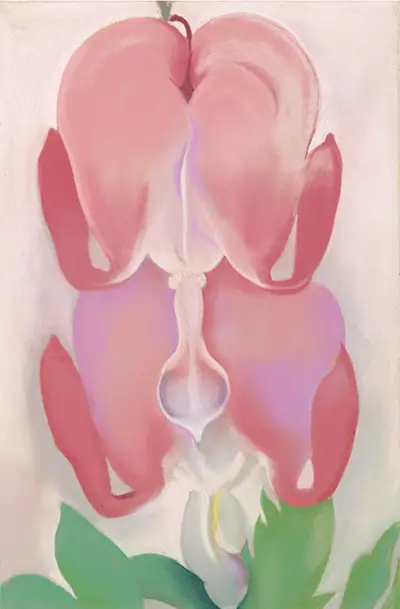Once lies on top of the other as it rises upwards. It has green leaves at the bottom and has a beautiful look. While it is a beautiful piece of work, it attracted different views from men and criticism from the feminine crowd. She said that the flowers' colour and form is an important thing for her in all her art. Her major interest is in capturing the art in its most natural form and showing its beauty. The industry she worked on was male-dominated, but she still managed to go through with her art, especially with flowers. In her floral artwork, she took advantage of abstraction and birth the sensations and feelings that came in these visual images.
In the 1930s, the artist was going through a rough time recovering from depression after discovering that her husband was having an affair with Dorothy Norman. She was hospitalised and treated for depression. She went into solace and deeply got into painting and artwork. Most of her paintings at the time involved flowers and outdoor nature. According to art enthusiasts, she created over 200 images of flowers in her entire life. These images were close up images and interior view of these flowers. Art curators felt that these images were referencing female genitals and sexuality by far. Most people thought that her husband fostered these images. Alfred had taken some of these photos and publicly displayed them. However, she denied that these images showed sexuality.
In Bleeding Heart, the two flowers are sitting right on top of each other from a vertical view. They are a little cut across, with the stamens well visible. The anthers open to the outside, and it seems as if the first flower’s anther penetrates the first one. There seems to be a liquid flowing from the second flower to the green leaves. They have a yellow and purple hue. It is an image of powerful simplicity that invites the viewers to see the flower as beautiful as Georgia did. In most of her artwork, she insistent on creating an equivalent of what she was looking at without copying it. She wanted the viewers to see it through her eyes. Other floral paintings that attracted an uproar include Poppies from 1950, Calla Lily Turned Away from 1923, and Black Holyhock Blue Larkspur from 1930.
